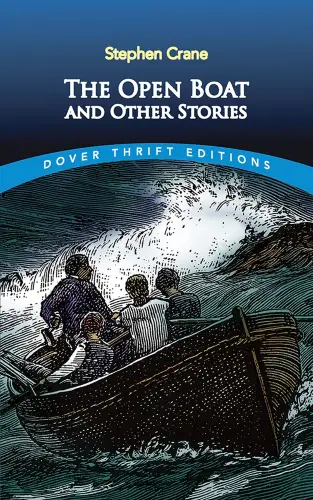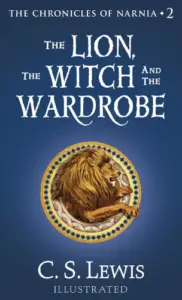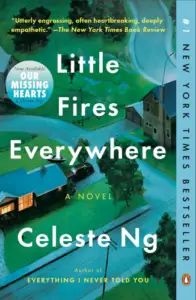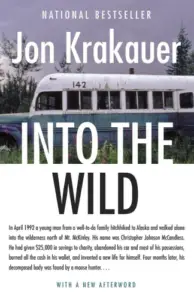The Open Boat
Book Author: Stephen Crane
Summary reviewed by:
Terrence Timmons
Terrence Timmons
Analyst
Bachelor of Arts (BA), University Of California, Santa Barbara 2019
With over 4 years of experience as an analyst. Terrence Timmons is committed to analyzing summaries without compromising on quality.
The Open Boat: Summary
The Open Boat by Stephen Crane plunges readers into the unforgiving sea, where four men find themselves clinging to life in a small lifeboat, their fate uncertain with every passing wave. Set against the relentless backdrop of the open ocean, this gripping tale explores the fragility of human existence and the indifferent power of nature. The men—a captain, a cook, an oiler, and a correspondent—struggle for survival after their ship sinks, leaving them at the mercy of the sea.
Crane’s narrative delves deep into the psychological and physical toll of their ordeal, highlighting the men's camaraderie and individual reflections on life and death. As they battle the waves, their sense of insignificance in the face of nature's vastness becomes evident, yet so does their resilience and determination. This short story, though not part of a series, stands as a powerful meditation on the human condition, making it an essential read for those who appreciate literature that probes the depths of human endurance.
The narrative oscillates between the tangible struggle for survival and the intangible struggle within the human soul, creating a riveting blend of physical and psychological drama. 'The Open Boat' is not merely a story of survival; it is a profound exploration of the human condition, a testament to the indomitable spirit of man in the face of overwhelming odds.
Spoilers (click here to reveal spoilers)
The Open Boat: Genres
Fiction
Realism
Naturalism
Adventure
Psychological Fiction
The Open Boat: Main Characters
The Captain: A steadfast leader, burdened by the responsibility of his men, he exemplifies calm perseverance despite his injury. His loyalty to his crew is evident when he insists on taking the first watch, even though his arm is injured, demonstrating his commitment to their collective survival.
The Cook: A simple, optimistic man who clings to hope, often discussing the possibility of rescue. His practical nature is reflected in his focus on maintaining the boat’s balance and bailing out water, symbolizing his belief in survival through continuous, albeit small, efforts.
The Oiler (Billie): The physically strongest and most hardworking of the group, Billie is a symbol of relentless human effort. Despite his exhaustion, he tirelessly rows towards the shore, showing his determination and sense of duty. His tragic death highlights the randomness of fate, despite his strength and perseverance.
The Correspondent: A reflective and observant man, he represents the philosophical voice of the story. Throughout their ordeal, he questions the meaning of their suffering and the indifference of nature. His growing bond with the other men and his struggle to find meaning in their situation reveal his evolving understanding of human connection and the insignificance of man against the vastness of the universe.
The Open Boat: Themes
Nature’s Indifference: The story emphasizes the cruel indifference of nature to human struggles. The relentless waves and the indifferent sea highlight how nature operates without regard for human life or suffering.
Brotherhood and Solidarity: The men’s shared struggle fosters a deep sense of camaraderie and mutual dependence. Their unity in the face of adversity underscores the importance of human connection when confronted with overwhelming challenges.
The Illusion of Control: The story portrays the futility of man’s attempts to control fate. Despite their best efforts, the men are at the mercy of the sea, illustrating the theme of human vulnerability and the illusion of control in the face of nature’s might.
Existentialism and the Search for Meaning: The correspondent’s internal reflections represent a search for meaning in a seemingly meaningless situation. His thoughts reveal the existential theme of grappling with the randomness of life and the human desire to find purpose amidst chaos.
The Open Boat: What You Need to Know
(Contains Spoilers: Perfect for readers seeking a quick review.)
The Open Boat begins with four men—a captain, a cook, an oiler, and a correspondent—adrift in a small lifeboat after their ship sinks off the coast of Florida. The narrative captures their intense struggle for survival against the vast and indifferent sea. The story is a harrowing exploration of human endurance, the randomness of fate, and the bond that forms between the men as they face death together.
The captain, though injured, takes command, directing the men as they fight against the relentless waves. The cook remains optimistic, bailing water and talking about rescue, while the oiler, Billie, takes on the physical burden of rowing, displaying unwavering strength and determination. The correspondent, initially detached, becomes deeply involved in the group’s survival, reflecting on the meaning of their ordeal and the broader human condition.
As they make their way toward the shore, their hope is repeatedly dashed by the treacherous waves and the sight of a distant lighthouse that seems unreachable. They spot land, but their struggle intensifies as they realize how far they still are from safety. The men are forced to confront the possibility that they might not survive, despite their relentless efforts.
In a final push, the men attempt to navigate the boat through the surf to reach the shore. The captain gives the order to abandon the boat when it becomes clear they cannot make it through the breakers. They all leap into the freezing water, fighting against the powerful waves to reach the land.
Tragically, Billie, the oiler, who has been the strongest and most diligent, drowns just as safety is within sight, underscoring the story’s theme of nature’s cruel indifference. The remaining men—worn, battered, but alive—make it to the shore, where they are eventually rescued. The death of Billie highlights the arbitrary nature of fate and leaves the survivors to ponder the meaning of their ordeal, knowing that survival was as much a matter of chance as of effort.
In the end, The Open Boat delivers a poignant message about the human condition: that in the vastness of the universe, human life is fragile, and survival is not guaranteed, no matter how strong or determined one might be. The story leaves readers with a haunting reflection on the randomness of life and the bonds formed in the face of overwhelming adversity.
The Open Boat: Methodology
Our summary of The Open Boat focuses on delivering a user-centered experience by identifying and capturing what resonates most with our readers—human endurance, the randomness of fate, and the bond formed in adversity. With expert analysis, we delve into Crane’s exploration of nature’s indifference, the illusion of control, and existentialism. Synthesizing these core elements into a concise narrative, we ensure our readers gain a clear understanding of the story’s essence while maintaining fidelity to the original work. Each summary is designed with accuracy and integrity, offering a reliable and valuable resource for busy readers.


The Open Boat
Date Published: 1897
Disclaimer: As an Amazon Associate I earn from qualifying purchases.




